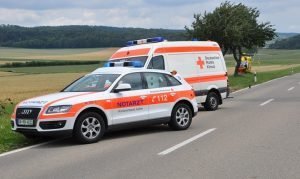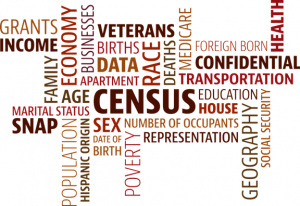Soil is an important component of the environment. For this reason, there is a need to study and research more about it. In the study of soil, Soil mapping is a sub-section on which the researcher focuses mostly. To achieve their study, researchers employ numerous tools. The remote sensing technique is a mighty tool in mapping and analyzing soils.
This article shall cover various applications of remote sensing techniques in soil mapping.
1. Measurement of soil content
Soil has diverse contents and components; powerful techniques are required to analyze and study this component. Spatial data is used to determine the content of the soil. In addition to that, multispectral satellite tools are used in mapping and recording the soil content.
The spatial data collected from the satellite is then used to make farming-related decisions. Also, the texture of the soil can be predicted using multispectral data.
2. Soils maps
Soil mapping is a vital source of information in creating soil maps. Soil maps are used to show the distribution of the soil, among other surveys.
These maps are greatly used in soil/spatial planning, farming, soil evaluation, and similar areas. Moreover, remote sensors are airborne tools, and therefore they can easily be collected and record data related to soil. Therefore, the technique of soil mapping is vital in this field.
3. Soil survey
In the process of soil survey, the technique of remote sensing is greatly used. Researchers use remote sensors to monitor activities in soils. The spatial data from sensors is then analyzed and recorded to update the survey documents. Also, during other soil-related surveys, remote sensors supplement the tools used in research.
4. Soil fertilization
Soil fertilization is directly proportional to the yield of the land, and therefore there’s a need to study it. Images from the space are used in soil sampling.
The soil samples collected by the satellite are analyzed, and the quality of the soil is predicted. Also, since the images are taken from space, the crops and vegetation of a given area are used to decide the soil’s quality and fertility.
5. Soil boundary
Soil boundary is a term used to indicate the end of one type of soil and the beginning of another soil. That said, powerful tools such as remote sensors study and analyzed the soil boundaries.
Remote sensors are capable of identifying different types of soils. Due to this property, the soil boundary is easily identified.
6. Soil properties
Soil is a natural component made up of many other properties and components. Thankfully, remote sensors have eased the process of studying properties found in soils.
Remote sensors can record and detect the chemical components (Nitrogen, organic carbon, etc.) found in a given soil. The remote sensors analyze the spectral reflectance, and the collected data is used to determine the soil’s properties.
7. Soil science
In soil science, remote sensors are greatly used to map and survey the soil in the study of soils.




Ponvinoth
5 Jul 2023Can we determine the soil layers using remote sensing?